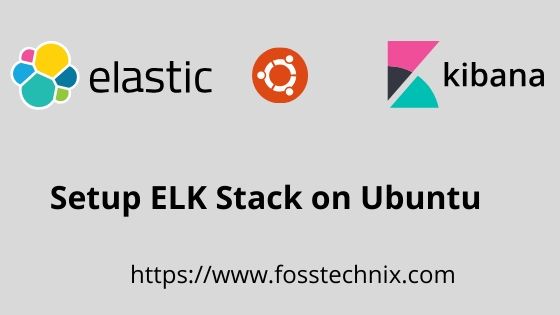
- #Elasticsearch filebeat docker update
- #Elasticsearch filebeat docker password
- #Elasticsearch filebeat docker download
UPDATE: 8.1.0 release introduced some changes where the default policies are no longer created on default and you will need to manually create it.
#Elasticsearch filebeat docker update
You should not witness any error and if you go to Kibana, you should see documents in the filebeat index as well as on the various threat intel dashboards.UPDATE - : another 8.1.x update to automatically populate the CA trusted fingerprint and the Advanced YAML settings to add the generated ca.crt onto fleet for easier use - Please go to the bottom of the article for an explaination threatintel.yml:/usr/share/filebeat/modules.d/threatintel.yml:ro Retrieve default threat intel configuration file docker run -rm /beats/filebeat:7.16.3 cat modules.d/ > threatintel.ymlĮdit the file newly created to enable/disable and customize the supported feeds.Ĭreate docker-compose.yml file with the following content: version: '3' The complete filebeat.yml reference is available on Elastic website. You can find the base file for Docker on github. nfig:Ĭertificate_authorities: Privileges: filebeat_threatintel_writerĬreate a file named filebeat.yml with the following content.However, if you do not provide manage_ingest_pipelines and manage_index_templates, you will encounter connection issues. ⚠️ the documentation says to only provide cluster privileges monitor, read_ilm and read_pipeline. Privileges: create_doc, view_index_metadata, create_index.Cluster privileges: monitor, read_ilm, read_pipeline, manage_ingest_pipelines, manage_index_templates.Click Create role and enter the following settings: Open Kibana and go to Stack Management > Security > Roles. E _name="7-days-default" Send data to ElasticsearchĬreate another user with just enough permissions to send data to Elasticsearch. Now run the filebeat setup command: docker run -rm \ĭ/beats/filebeat:7.16.3 setup \ When you have copied the file, you can exit from the first container.

#Elasticsearch filebeat docker download
You can either download the dashboards from github and save them in a directory named dashboards or run the following commands: # in a first terminalĭocker run -it -rm -name ti /beats/filebeat:7.16.3 bashįor i in Filebeat-threatintel-abuse-url.json Filebeat-threatintel-anomali.json Filebeat-threatintel-malwarebazaar.json Filebeat-threatintel-overview.json Filebeat-threatintel-alienvault-otx.json Filebeat-threatintel-aubse-malware.json Filebeat-threatintel-misp.json Filebeat-threatintel-recordedfuture.json do docker cp ti:/usr/share/filebeat/kibana/7/dashboard/$i dashboards/ done If you just want to load the threat intel dashboards, you need to make all the other dashboards unavailable to filebeat setup.

#Elasticsearch filebeat docker password
We attach it to elastic network, pass it root CA, username and password of the user we just created, and the index name and policy. We do that by running filebeat setup once. Now let’s setup the index, index templates, dashboards & so on. Privileges: filebeat_threatintel_setup, kibana_admin, ingest_admin, machine_learning_admin.Click Create user and enter the following settings: Go to Stack Management > Security > Users. Cluster privileges: monitor, manage_ilm, manage_ml.We could use superuser elastic to setup filebeat but we are going to use a dedicated user with just the minimum permissions. Setup elasticsearch and kibana for filebeat collect observables from unsupported feeds with elastic-tip.collect observables from supported feeds.


 0 kommentar(er)
0 kommentar(er)
